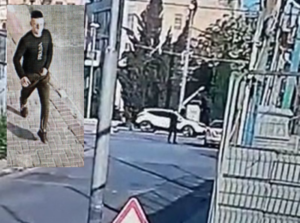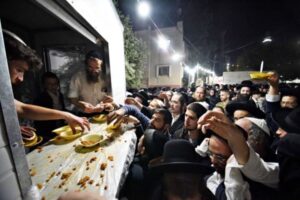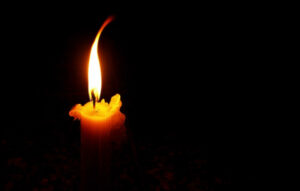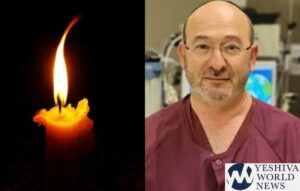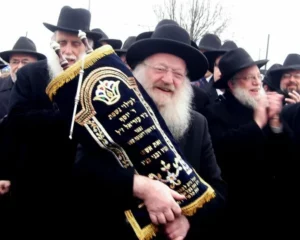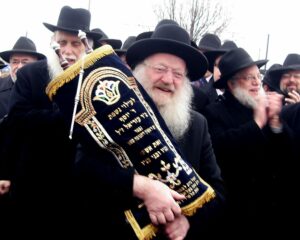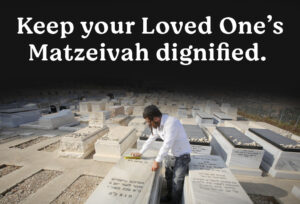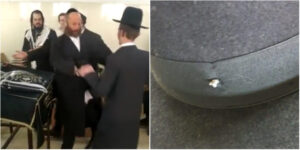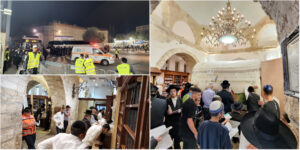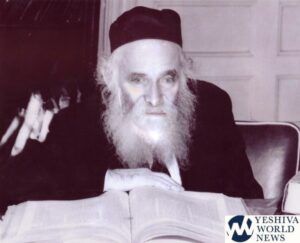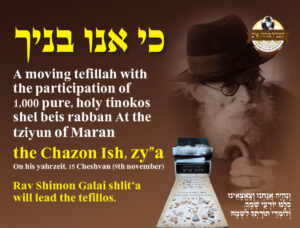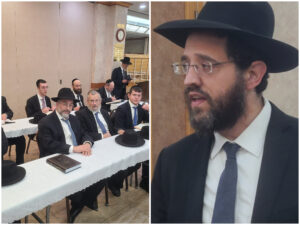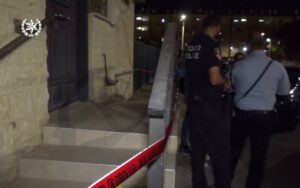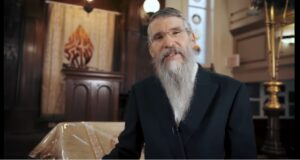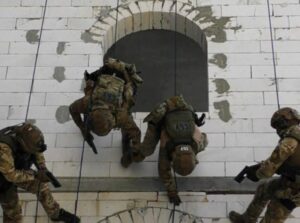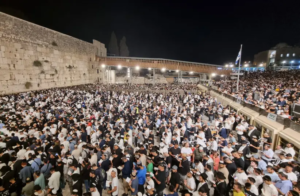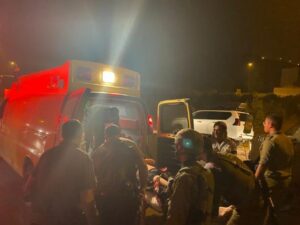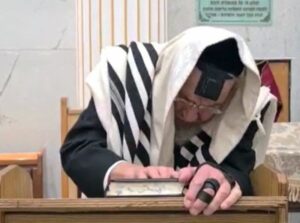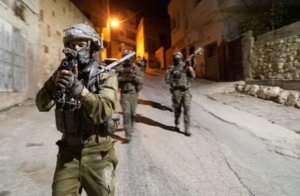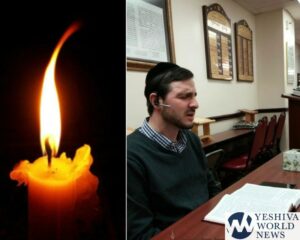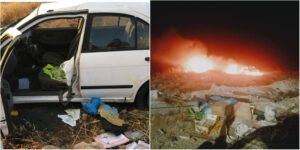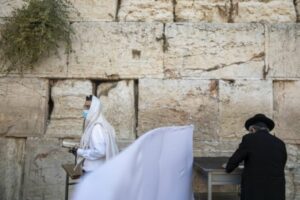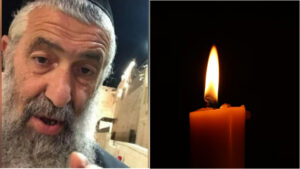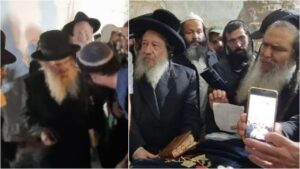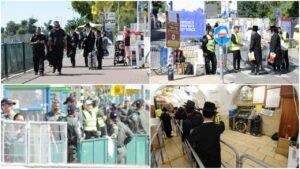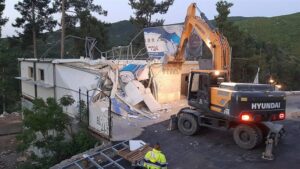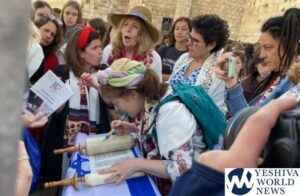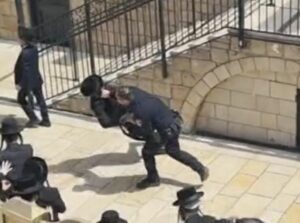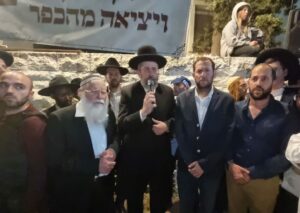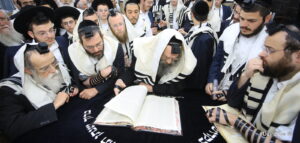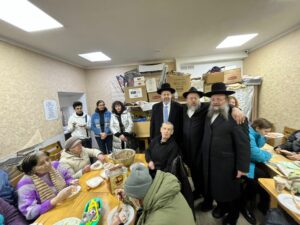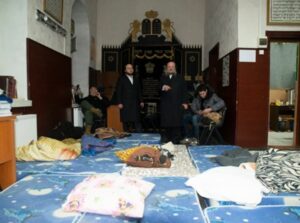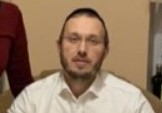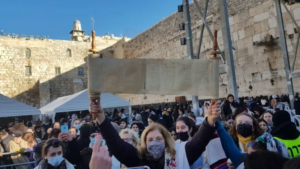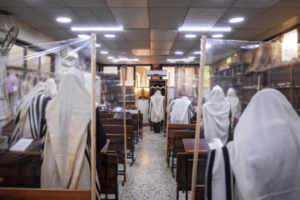By Rabbi Yair Hoffman for 5tjt.com For a refuah shleima to a R’ Binyomin Zev ben Charna President Eisenhower needed a working vacation and flew to Denver in mid-August of 1955. The plan was to stay there until October. But on Friday, September 23rd, after a round of golf at the Cherry Hills Golf Club in southern Denver, he returned to the home of his shver and went to bed early. It was Shabbos Shuvah, and early Shabbos morning, on September 24th, he had severe chest pains. They called his personal doctor. A heart specialist from Fitzsimons Army Hospital was called to perform an EKG. The doctor’s suspicions were confirmed – the president had suffered a massive heart attack. The next day, Erev Yom Kippur, the nation heard the news, but the severity of the heart attack was downplayed. There was much concern. President Eisenhower had an empowered image as an effective world leader against tyranny. He had won the war against the Nazis, the decision was just made to allow West Germany to rearm and allow them to join NATO, and then there was the Cold War, with Khrushchev about to consolidate his power. There was another issue as well. The United States was the manufacturing power of the world. China had not yet come onto the world manufacturing team. Many in the United States stood to lose a fortune, because if someone else came to power and the manufacturing contracts between American businessmen were to be cancelled, well, that would be bad news. That evening, Sunday, September 25th, there was a gvir who davened every Yomim Norai’m with the Yeshiva in Lakewood’s BMG. The next morning, on Yom Kippur, he asked Rav Aharon zt”l whether he could make a Mi sh’bairach for the President. As it turned out, the market lost 14 billion dollars that day. The Dow Jones Industrial Average slid 6.5 percent. Rav Aharon responded that he could recite the Mi sh’bairach. After that, the market did recover and there was a bull market until April of 1956. There are various heterim to allow the recitation of a Mi sh’bairach for an aino Yehudi, the limitation being lo sechanaim. We see from Parshas Vayeirah that Avrohom Avinu was mispallel for Avimelech, but that was before Matan Torah. One of the heterim is the TaZ in Yoreh De’ah 151 regarding an akum hamakiro. Another heter is for hakaras hatov. A third heter is l’tzorech. A 4th heter is aivah. In this case, heter 3 and 4 certainly applied. What follows is a brief overview of some of the halachos of reciting a Mi sh’bairach. The Aruch HaShulchan (OC 215:1) writes that if we answer Amain to a Mi sh’bairach for a sick person, we fulfill the Torah Mitzvah of V’ahavta laraiyacha kamocha. The Mi sh’bairach should be recited out loud so that the Rabbim can answer amain and that it will be counted a tefilas Rabbim. The Gemorah in Brachos (7b) states that the meaning of term ais ratzon in the verse, “vaAni, sefilasi, lecha Hashem ais ratzon, is when the tzibbur, the public is davening for someone or something. Rav Shlomo Zalman Auerbach (Halichos Shlomo chapter 8, 22:61) explained that the benefit of having a Tzibbur pray for a person is when they hear who they
